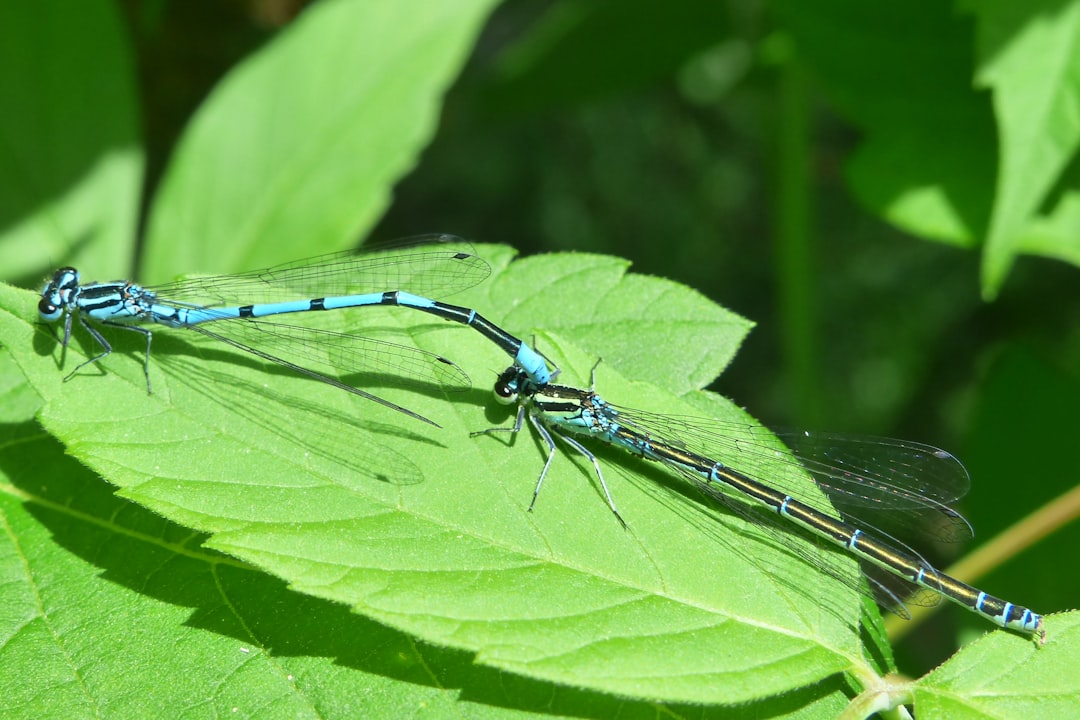What is it about?
Forest fragmentation and degradation negatively affects bird diversity. Modified habitats arise from this process with varying degrees of avian diversity. This paper shows that disturbed forest can harbor high bird diversity with a small extent of forest bird specialist as opposed to primary forest. Plantation forest and farmland habitats act as corridors creating dispersal routes over a short distance for birds in the disturbed and primary forests.
Featured Image
Why is it important?
This study reveals a significant difference in bird diversity across various habitats. Disturbed forest with thick undergrowth due to opened canopies attracts a variety of understory and skulking bird species. Moreover the thick closed canopy in primary forest supports forest specialist birds. Current conservation efforts should focus on allowing regeneration in disturbed forest which in turn increases bird diversity.
Perspectives
This paper examines the ability of a tropical primary forest to sustain bird communities in the wake of accelerating fragmentation and habitat degradation by human activities. It analyses the ability of modified habitats in terms of bird diversity with a prediction on its future status .
Mr Mark MB Bett
University of Eldoret
Read the Original
This page is a summary of: Avian species diversity in different habitat types in and around North Nandi Forest, Kenya, African Journal of Ecology, July 2016, Wiley,
DOI: 10.1111/aje.12338.
You can read the full text:
Contributors
The following have contributed to this page










